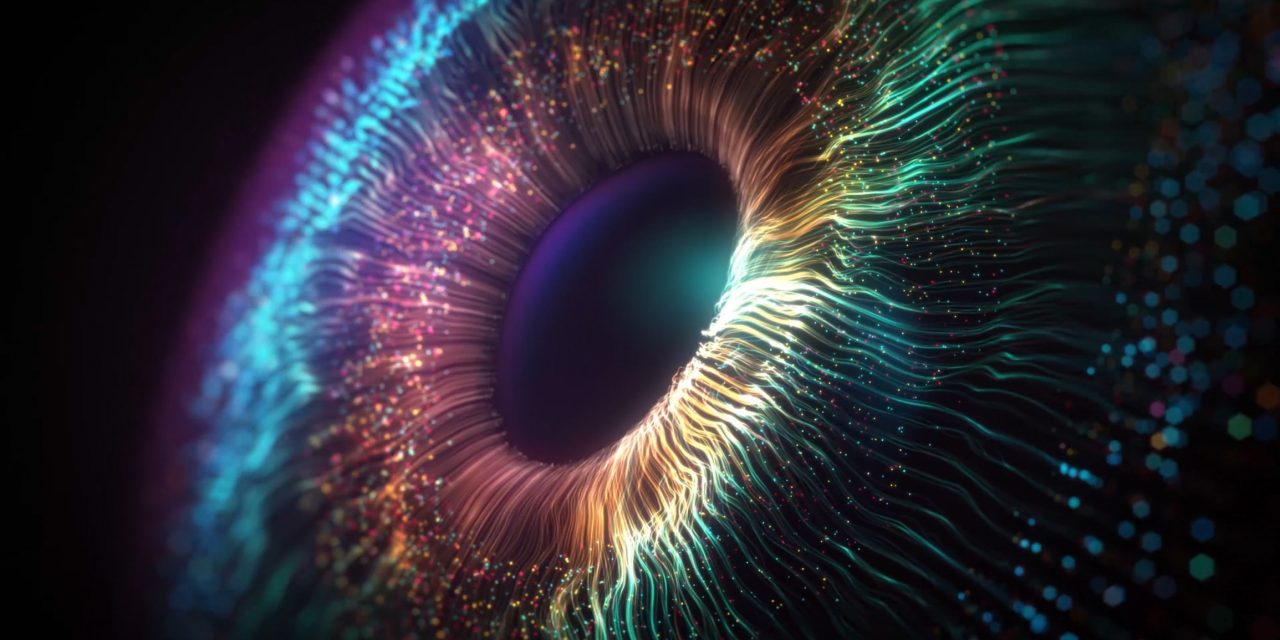Mitochondria are biological organelles that provide optical coherence tomography (OCT) reflectivity through Mie scattering. For a study, researchers used extensive volume electron microscopy to examine the mitochondrial distribution of the outer plexiform layer (OPL) to locate reflectivity sources. In 5x5x50 nm^3 voxels, a 21-year-old male donor’s parafoveal retina was serial block-face scanning electron microscopy. To train and construct a deep learning model using manually annotated mitochondria ground truth, a convolutional neural network (U-Net) was employed (Dragonfly 2020.1, Object Research Systems). The model was used to determine mitochondrial volume and occupancy as a function of retinal depth and depict the results as a longitudinal profile. Clusters of ovoid mitochondria were seen on photoreceptor terminals. Mitochondria were long and thin in bipolar neurons’ dendrites. Three layers of greater density (photoreceptor terminals, bipolar/horizontal processes, neuropil at the boundary of the inner nuclear layer) were interspersed with two bands of lower mitochondrial occupancy in the OPL mitochondrial distribution (8.5-13.8%).
Mitochondria made about 1% of the Henle fiber. The automated segmentation outperformed the ground truth (Dice coefficient=0.96). The evidence of multilaminar mitochondrial distribution in the OPL supported the concept of a subcellular genesis of OCT reflectivity bands. Correlative investigations employing AO-OCT were actively being investigated.
Reference:jov.arvojournals.org/article.aspx?articleid=2778480


